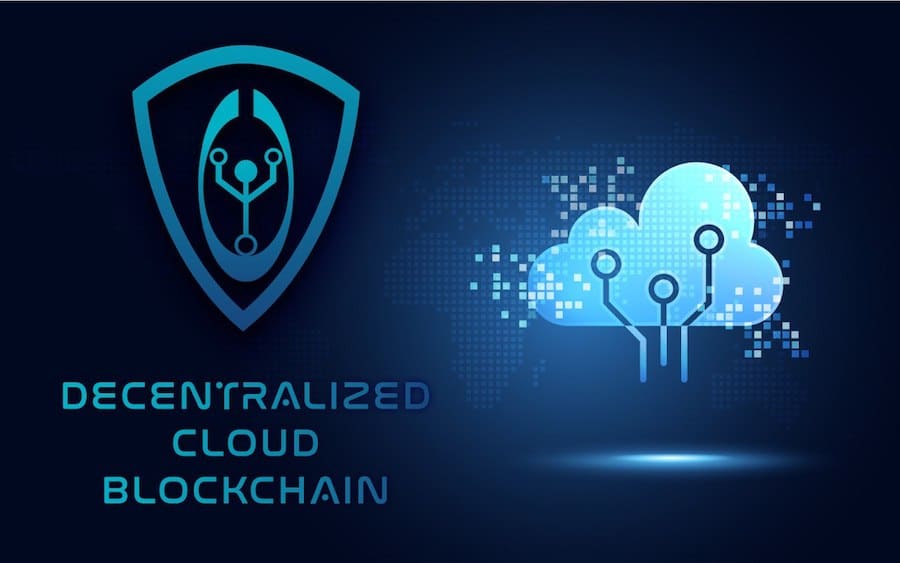The demand for transparent data storage has never been higher, especially with a growing need to shore up security protocols. Adding to these concerns have been lingering issues of scalability which have remained unresolved for years.
Endeavors to resolve the issue of scalability and proper data storage have been attempted numerous times. However, to date, no tangible solutions have been yielded.
This enigmatic issue does provide an opportunity to take advantage of possibilities such as the RIFT Protocol and the advantages in scalability that it could provide.
A look at the RIFT Protocol
At its core, the RIFT Protocol forms a pillar and basis of a decentralized cloud Blockchain technology (DCB). The RIFT Protocol and the Command Chain Protocol (C2P) together are both prerequisites for the DCB.
Indeed, installing an on-chain based data storage system like DCB is simply impossible without the RIFT Protocol. The protocol is panned as a panacea for scalability issues.
The RIFT Protocol boasts a potentially unlimited network size. As a corollary, the composition of the network is a mined Block that contains Mini-Blocks, and the Mini-Blocks contain transactions.
The result is a self-contained block that mirrors down. This is accomplished via mined Blocks that use a reference to the Mini-Blocks, and the Mini-Blocks have a reference to the transactions. During this process, the Mini-Blocks are not mined.
This new tier in the middle of the network makes such a blockchain evolution potentially unlimited and also capable of supporting the service demand of the near future.
The RIFT Protocol utilizes these two chains; all connected with references. Having these two layers working in tandem implies a complete redesign of the blockchain and gives newfound potential.
More precisely, the protocol allows for the maintenance of the primary boundaries of being decentralized and having peer-to-peer synchronization. The opportunity to process a huge amount of transactions: that only could be possible with RIFT.
Can the RIFT Protocol solve scalability?
Countless venues are pursuing solutions to scalability woes that have collectively plagued the cryptocurrency market. However, any realistic solution will have wide-reaching consequences; bettering the entire space and creating a new leader in the market.
Many of crypto's biggest luminaries have echoed this sentiment; stressing the need for such scalability solutions to be pursued. For its part, the ILCoin project has helped pave the way in the on-chain data storage space; reinforced by the RIFT Protocol.
An innovative way of thinking – the ILCoin Blockchain Project
ILCoin is a technology and is not in and of itself an alternative to Bitcoin . However, ILCoin is finally stepping out of an alternative role and, for the first time, is implementing new principles based on the broader blockchain market.
Thanks in part to the RIFT Protocol, scalability is no longer a problem for ILCoin. Creation of the RIFT Protocol has been a contributing factor; resulting in ILCoin being able to reconcile bottlenecks via simultaneous synchronization.
Simultaneous synchronization has served as the breakthrough and solution to network limitations. Using a system that is even faster than VISA, ILCoin has done what not even Bitcoin has been able to accomplish: solving scalability concerns once and for all.
ILCoin has taken the lead in this regard; recognizing that C2P and the RIFT Protocol are the foundations of future blockchain technology. The ILCoin Blockchain Project has also pushed for bigger integration and the fastest system available; solving issues for the entire market.
Utilizing the RIFT Protocol, the ILCoin Blockchain Project has rewritten the rules for on-chain data storage systems.
This development has yielded not only a strong foundation for the ILCoin cryptocurrency, but also a wide range of possibilities for transparent data storage, various smart contract systems, and the launch of innovative decentralized applications running on blockchain systems.
Disclaimer: The content of this article is sponsored and does not represent the opinions of Finance Magnates.










